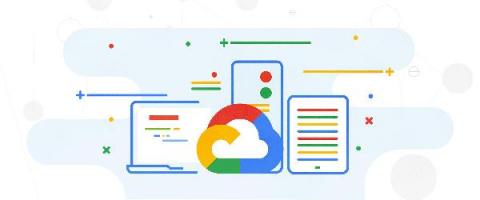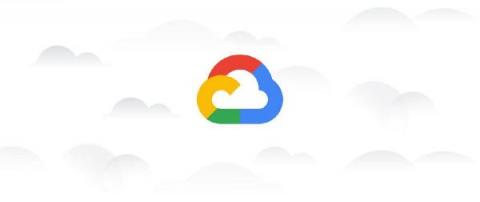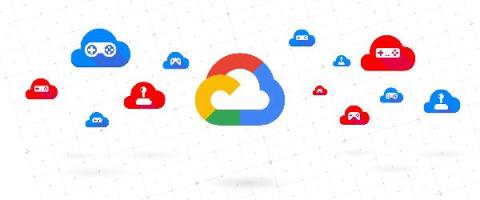Operations | Monitoring | ITSM | DevOps | Cloud
Google Operations
Debugging Cloud Functions
Monitoring for efficient cluster binpacking in GKE
New histogram features in Cloud Logging to troubleshoot faster
Visualizing trends in your logs is critical when troubleshooting an issue with your application. Using the histogram in Logs Explorer, you can quickly visualize log volumes over time to help spot anomalies, detect when errors started and see a breakdown of log volumes. But static visualizations are not as helpful as having more options for customization during your investigations.
Optimize costs in GKE with monitoring systems
The Ops Agent is now GA and it leverages OpenTelemetry
Running and troubleshooting production services requires deep visibility into your applications and infrastructure. While basic logs and metrics are available out of the box with Google Cloud Compute Engine (GCE), capturing advanced data used to require the installation of both a metrics agent and a logging agent.
Create alerts from your logs, available now in Preview
Being alerted to an issue with your application before your customers experience undue interruption is a goal of every development and operations team. While methods for identifying problems exist in many forms, including uptime checks and application tracing, alerts on logs is a prominent method for issue detection. Previously, Cloud Logging only supported alerts on error logs and log-based metrics, but that was not robust enough for most application teams.
Dashboards on Cloud Monitoring made easier with samples
Setting up Cloud Monitoring dashboards for your team can be time consuming because every team's needs are different. Picking the right metrics, using the right visualizations to represent these metrics, deciding what metrics can go on the same chart, and determining the right pre-processing steps for metrics requires background and experience that may not yet exist among your development and operations teams.
Manage GKE services with Cloud Operations
How Psyonix wins with better logging
When you grow your peak concurrent users by 5x nearly overnight, ensuring that your operations can successfully support that growth can be a make or break for your success. Rocket League is a popular online multiplayer game created by Psyonix described as arcade-style soccer and vehicular mayhem. In the summer of 2020, the game maker decided to switch the business model of the game from an upfront purchase to a free to play model.











